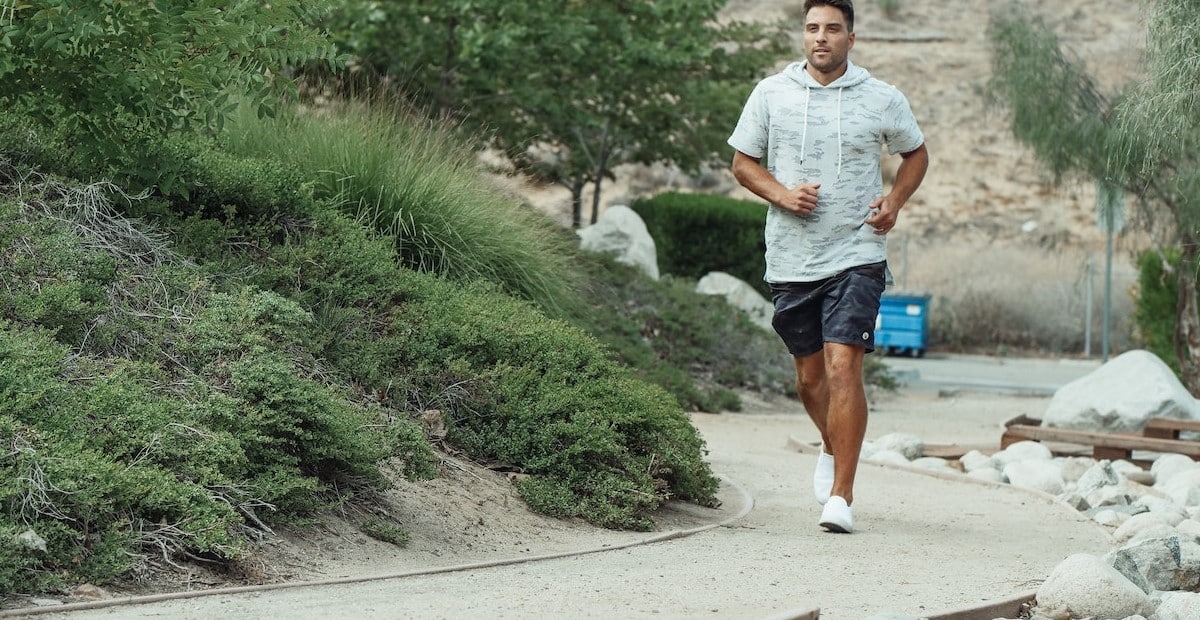
Contents
- Why a Shuffle Might Be Better for You Than a Run
- Running Form vs Proper Running Form
- Do running shoes make a difference to a run becoming a shuffle?
- How can I make sure my running form is correct?
- Can everyone run?
- How does my lever arm affect my running style?
- Does it make a difference if you forefoot strike or if you’re a heel striker?
- Can the time of day you run affect your form?
- Back to the shuffle
- FAQs
Why a Shuffle Might Be Better for You Than a Run
I used to be a runner. I would hit the road every day, moving as fast as I could for as long as I could. But then I started to notice that my joints were starting to hurt. My knees, in particular, would ache after every run. So, I switched things up and started to shuffle instead. And you know what? I actually think it’s better for me!
Here’s why.
Running Form vs Proper Running Form
When you run, your feet strike the ground with significant force. This force is absorbed by your joints, which can lead to joint pain over time. When you shuffle, on the other hand, your feet strike the ground more gently with each step. This can help reduce the amount of joint pain you experience. Additionally, shuffling requires less energy than running, so you might find that you can shuffle for longer periods of time than you could run. This means that you can potentially get a better workout by shuffling instead of running.
Of course, there are some downsides to shuffling as well. For one thing, it’s not as efficient as running when it comes to covering distance. If you’re training for a marathon, half marathon or other long-distance events, shuffling is probably not going to be the best way for you to prepare. Additionally, because shuffling is less intense than running, you might not get the same “runner’s high” that comes with finishing a hard run.

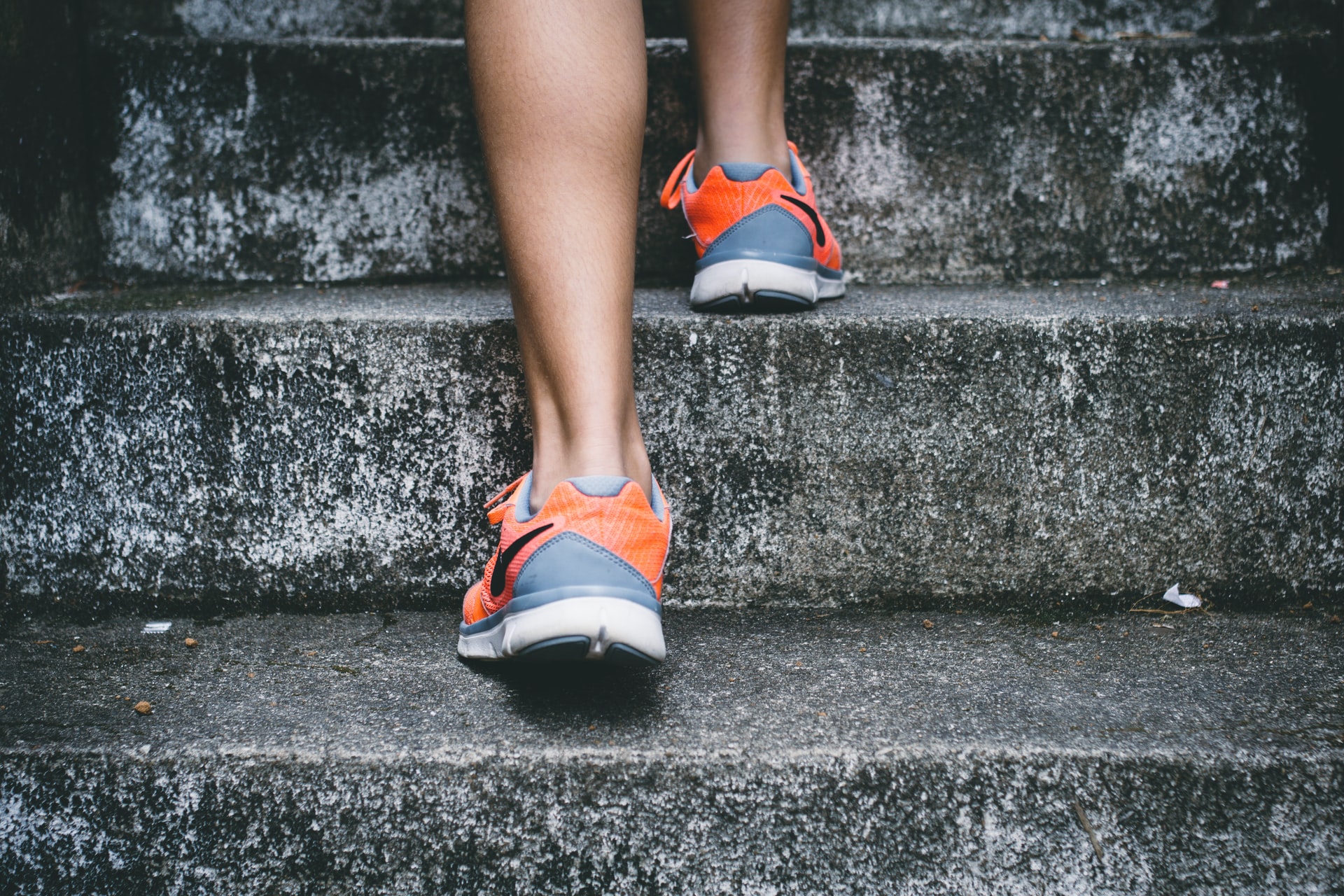
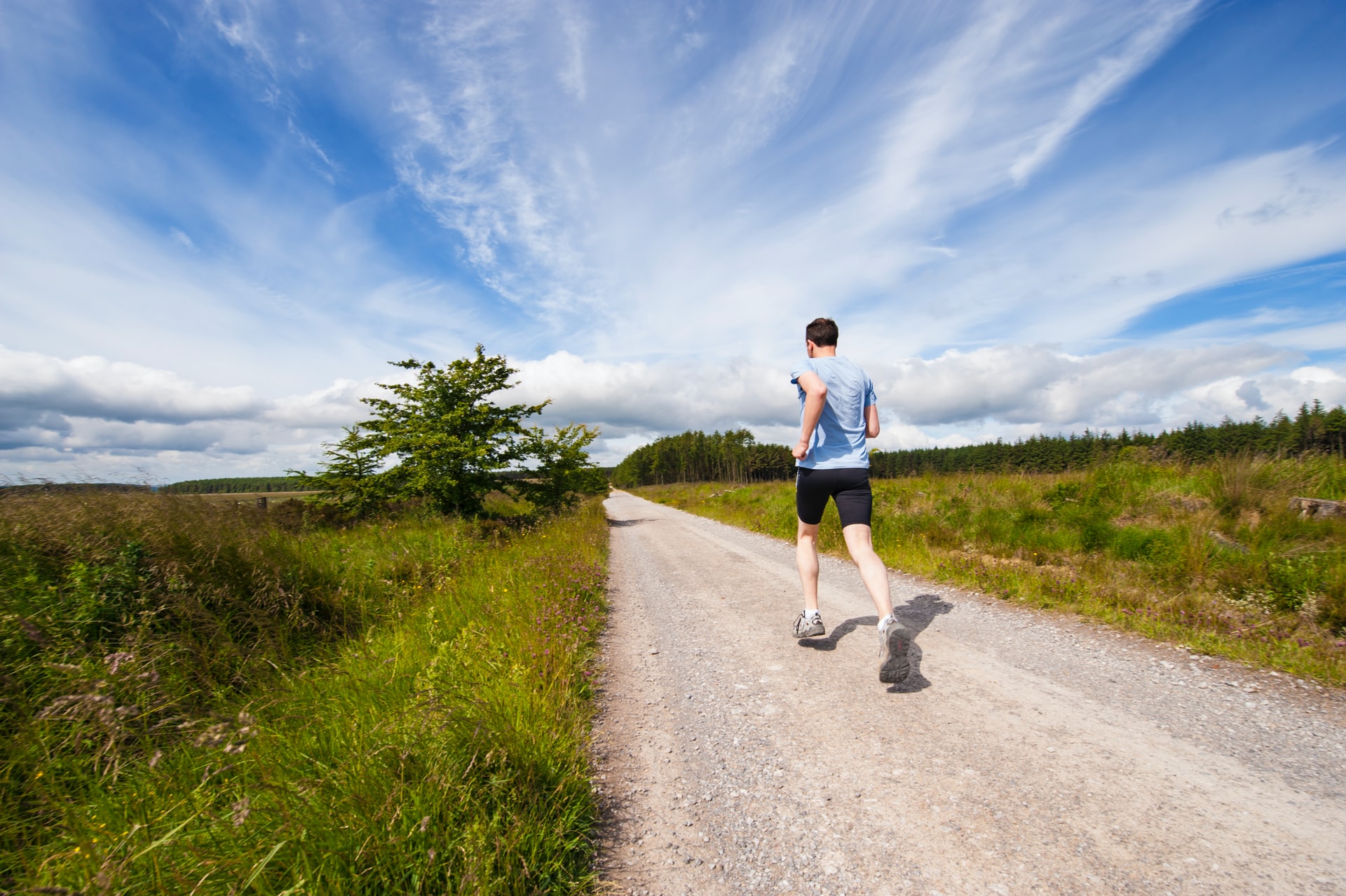
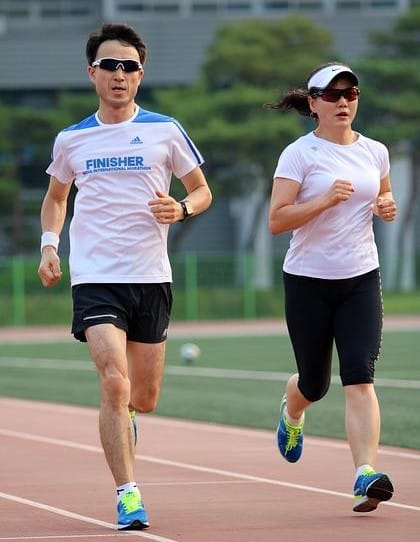
Do running shoes make a difference to a run becoming a shuffle?
If you have the wrong shoes for your feet, it could cause your run to become a shuffle. Look for shoes that are comfortable and provide support for your feet.
How can I make sure my running form is correct?
There are a number of factors that can affect your running form, including your shoe choice, the surface you’re running on, and your overall fitness level. To ensure proper form, it’s best to consult with a running coach or physical therapist. They can help you identify any areas that need improvement and give you specific exercises to correct them.
Can everyone run?
Running is a high-impact activity that isn’t suitable for everyone. If you have joint pain or other health concerns, it’s best to speak with your doctor before starting a running program.
How does my lever arm affect my running style?
The length of your lever arm (the distance from your hip to your foot) can affect your running style. If you have a long lever arm, you may tend to shuffle more than run. This is because it takes more effort to lift your feet high off the ground with each step. However, if you have a shorter lever arm, you may be able to run more efficiently and therefore save energy on your training runs.
Does it make a difference if you forefoot strike or if you’re a heel striker?
The way your feet strike the ground can affect your risk of injury. Heel striking (landing on your heel first) is generally considered to be more harmful than forefoot striking (landing on your toes or ball of the foot first). This is because heel striking can cause impact forces to travel up your leg and into your joints, which can lead to joint pain over time. Forefoot striking, on the other hand, dissipates impact forces more effectively and is therefore thought to be safer. If you’re a heel striker, you may want to try forefoot striking to see if it helps reduce your risk of injury.
Can the time of day you run affect your form?
The time of day you run can affect your form, although this is usually only a temporary effect. For example, for many runners, if you run in the morning, you may be more likely to heel strike because your muscles are stiffer from sleep. However, as your muscles warm up throughout the day, your form should improve. Ultimately, it’s best to run at a time of day when you’re feeling most rested and energized. This will help you maintain good form throughout your entire run. So whether that’s first thing Monday morning or on a Friday night, it’s entirely up to you how you set up your training plans.

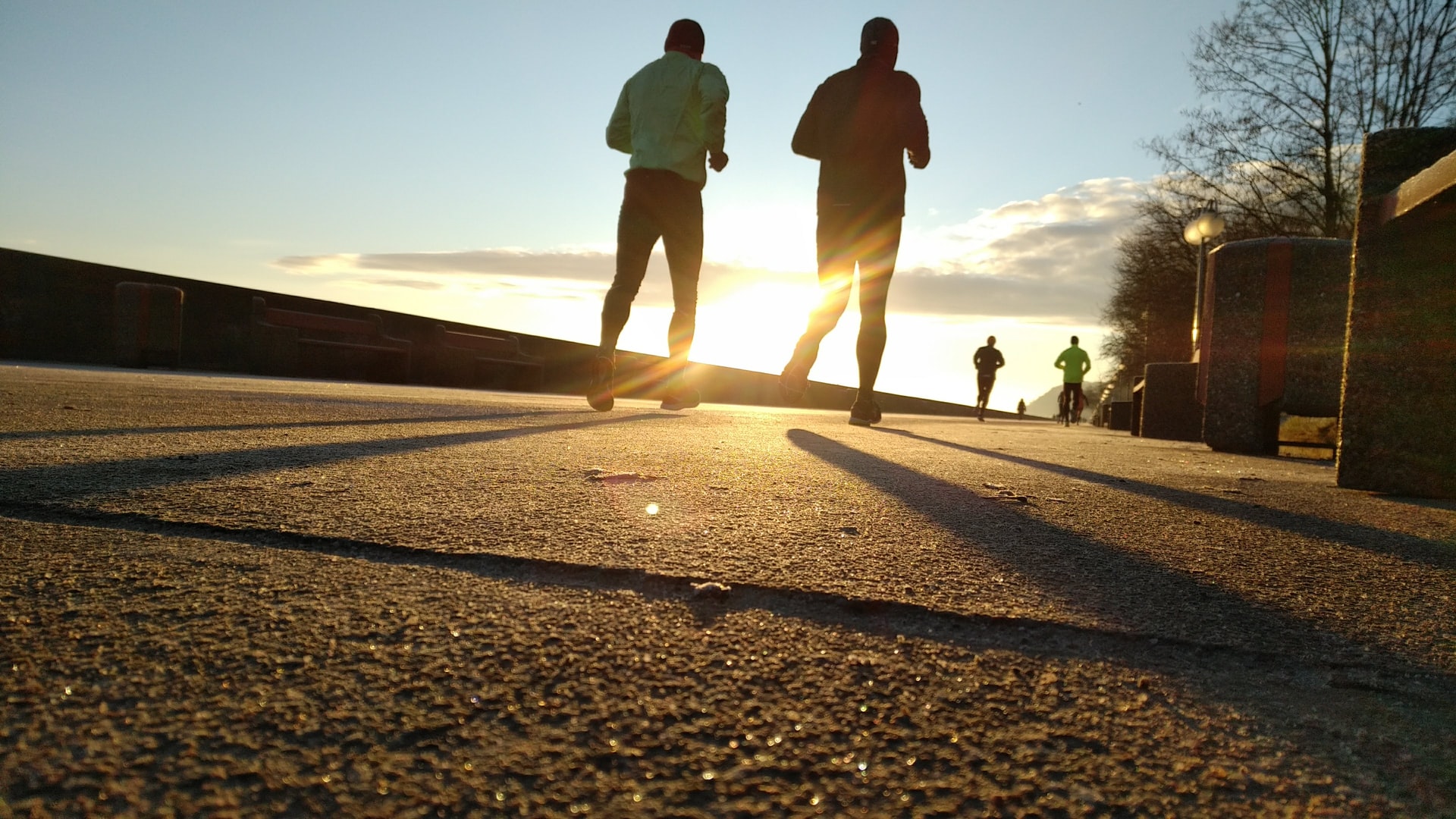


Back to the shuffle
There are pros and cons to both running and shuffling. Ultimately, the best way to exercise is the way that feels best for your body and that you can stick with in the long term. If running causes joint pain or wears you out too quickly, then shuffling might be a better option for you. But if you’re looking for a high-intensity workout or training for a specific event, then running is probably your best bet.
Give both a try and see what works best for you!
FAQs
How do your hip flexors affect your running style?
Your hip flexors are a group of muscles that attach your thigh to your torso. They help you lift your leg when you run. If your hip flexors are tight, they can cause you to shuffle more than run. This is because it takes more effort to lift your leg high off the ground with each step. However, if you stretch your hip flexors regularly, they will become more flexible, and you will be able to run more efficiently.
How does keeping your knee forward affect your running style?
If you keep your knee forward when you run, it will help you maintain good form and avoid injury. This is because keeping your knee forward helps dissipate impact forces more effectively and prevents your leg from swinging out to the side. Additionally, keeping your knee forward will help you engage your quadriceps (thigh muscles) more effectively, which will help you run faster.
What is the swing phase?
The swing phase is the part of the running gait cycle when your leg is swinging forward. During this phase, your hamstring muscles (located on the back of your thigh) contract to help swing your leg forward. If you have a strong hamstring, you will be able to swing your leg forward more easily and run faster.
Does stride length affect your running style?
Stride length is the distance between each step you take while running. A longer stride length generally means you’re running faster, while a shorter stride length means you’re running slower. However, stride length is not necessarily indicative of good form. In fact, if your stride is too long, it can actually cause you to shuffle more than run. This is because your legs will have to work harder to lift your body off the ground with each step. Ultimately, it’s best to find a stride length that feels comfortable for you and that you can sustain for long periods of time.
Is a butt kick a good warm-up for your calf muscles?
Butt kicks are a good way to warm up your calf muscles for running. By kicking your heels back towards your glutes, you stretch out the calves and Achilles tendon, which can help prevent injuries. Butt kicks can also help improve your running form by teaching you to keep your knees lifted high. Try doing 10-20 butt kicks before your next run!